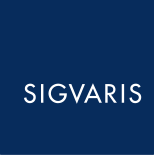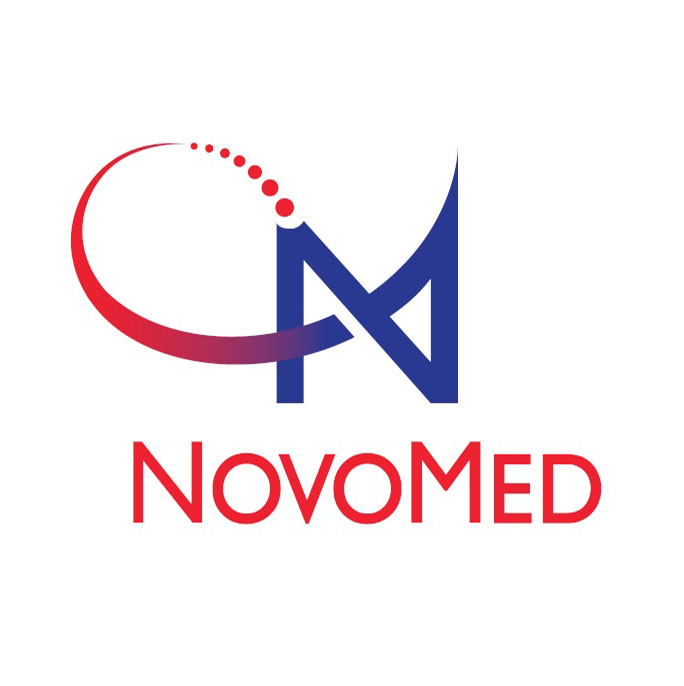FAQS
Yes. Please consult a specialist for venous diseases.
Yes, your risk of developing an ulcer is elevated. The vessels’ functioning is so disturbed that there is stasis. Then edema appears and your skin aspect changes – at first a color change, then it itches and eczema appears. As time passes, your skin hardens. A small wound or an inflammation due to a mosquito bite are enough to cause deterioration to your skin. An ulcer forms. These changes appear gradually and can in most cases be resolved with treatment.
No, as the risk factors like genetic predisposition and higher age cannot be treated. But you can prevent symptoms and also signs of chronic venous insufficiency if you have varicose veins. Keep moving! Use the staircase rather than the elevator. Practice a sport that stimulates your venous system like cycling, swimming, or walking. Raise your legs and move as often as possible. It is also recommended to shower your legs with cold water and to wear compression socks or stockings.
In the long run, varicose veins may have serious consequences for the blood circulation in your venous system, such as venous stasis. Compression stockings should be worn to help your venous system overcome the high venous pressure due to venous stasis. There may be also an indication to have your varicose veins removed. Ask your doctor!
Yes, if one of your family members like your father or your mother has varicose veins, your own risk is increased. But varicose veins can also be caused by other factors, for example, pregnancy. An additional risk factor is higher age but varicose veins may also develop in young people.
At present, it is impossible to control the heredity factor of varicose veins. Therefore, the individual risk for developing varicose veins remains. That’s why new varicose veins can appear even after surgery or sclerotherapy.
Wearing compression stockings during pregnancy prevents blood pooling in the veins and an increase of the heart rate in the mother and child associated with it. Furthermore, it may reduce the risk of venous complications like phlebitis or thrombosis. Compression therapy also reduces the most common symptoms such as swollen feet and ankles, or tired and achy legs.
One size does fit all does not apply for compression stockings – each diagnosis is individual and requires individual assessment. The stage of the venous disorder must also be taken into consideration. By far the most commonly prescribed stockings are those with compression class 2.
Patient compliance also has an influence on the choice of compression class. Where a patient has difficulty handling a class 2 stocking, they may want to consider reliably wearing a class 1 stocking. The primary goal of treatment is the improvement of the clinical findings.
Yes, if one of your family members like your father or your mother has varicose veins, your own risk is increased. But varicose veins can also be caused by other factors, for example, pregnancy. An additional risk factor is higher age but varicose veins may also develop in young people.
| A-D Calf | • In many cases of venous insufficiency, a calf stocking can provide clinical improvement. (see “Recommendation”) • Sufficient in pregnancy as prophylaxis, with thigh varices. |
| A-G Thigh | • Varicose in the area of the femur with insufficiency of the saphenous femoral junction (SFJ) / venous reflux / and or leg problems • Deep vein thrombosis in the thigh area • Superficial thrombophlebitis in the thigh • Thigh varices in pregnancy • After surgical varicose vein treatment in the thigh area (also after crossectomy) • Lipedema or lymphedema in the thigh area |
| A-G Thigh with waist attachment | • As an alternative to Panty for those patients with indication for AG, who cannot/ do not want to wear thigh stockings with grip tops • For elderly patients, as they are easier to handle than Panties • For men |
| A-T Pantyhose | • For those patients with indication for AG, who cannot / do not want to wear thigh stockings with grip tops (e.g. soft connective tissue, poor fit of the grip top, abundant body hair) • Patients with varicose veins in the groin area |
| A-T Pantyhose Maternity | • Pregnancy • As an alternative to Panty for patients with larger waist circumference |
*The design of Panty und Panty Materna avoids any compression pressure on this part of the body
Recommendation:
The majority of complications with varicose veins occur in the calf (oedema, skin changes), and the most frequently used stocking is therefore the AD (Calf). With varicose veins in the thigh area, AD Calf stockings may aggravate the thigh complications. The most proximal point of insufficiency should be included in the compression, which is most commonly found in the groin region. Thigh stockings or Panties would then be indicated




